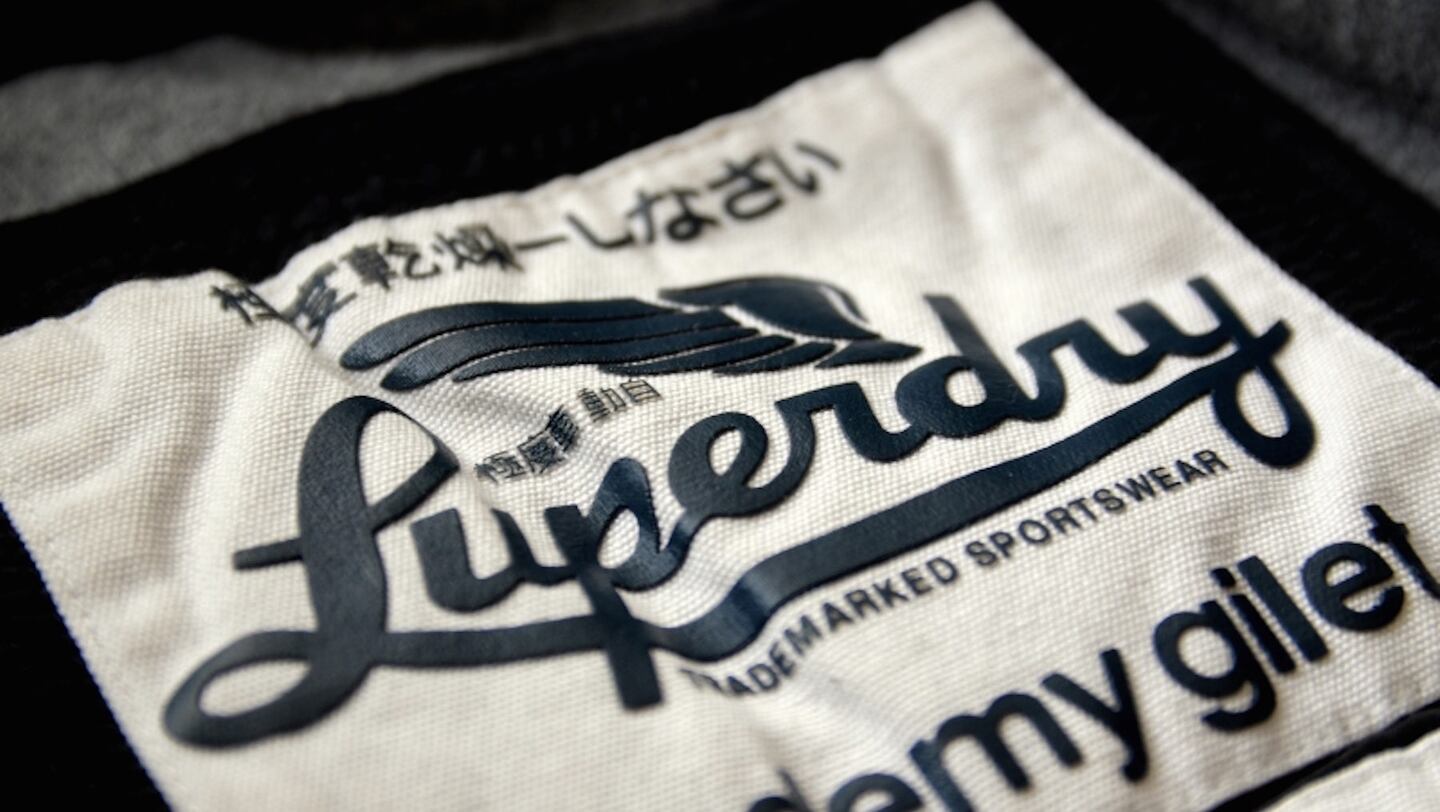
The Business of Fashion
Agenda-setting intelligence, analysis and advice for the global fashion community.

Agenda-setting intelligence, analysis and advice for the global fashion community.

LONDON, United Kingdom — SuperGroup, the British company behind the Superdry fashion brand, forecast full-year profit in line with expectations and said trading in its latest quarter continued to benefit from the weak pound.
The firm, whose trademark jackets, hooded tops and jogging bottoms are popular with teenagers and twenty-somethings at home and overseas, said on Thursday currency changes accounted for about one third of the annual revenue growth in both its retail and wholesale channels.
Group revenue for its year to April 29 increased 27.2 percent to £750.6 million.
Retail sales increased 20.6 percent, while wholesale revenue was up 42.9 percent, with the firm also benefiting from improved product ranges and the introduction of new categories.
ADVERTISEMENT
SuperGroup, which trades from 555 stores globally and also has an e-commerce business, forecast a 2016-17 underling pretax profit of £86-87 million, up from the £73.5 million made in 2015-16.
"We remain confident in the continued delivery of sustainable revenue and profit growth," said chief executive Euan Sutherland.
Shares in SuperGroup, up 31 percent over the last year, closed Wednesday at 1,651 pence, valuing the business at £1.34 billion.
By James Davey; editor: Kate Holton.
As the German sportswear giant taps surging demand for its Samba and Gazelle sneakers, it’s also taking steps to spread its bets ahead of peak interest.
A profitable, multi-trillion dollar fashion industry populated with brands that generate minimal economic and environmental waste is within our reach, argues Lawrence Lenihan.
RFID technology has made self-checkout far more efficient than traditional scanning kiosks at retailers like Zara and Uniqlo, but the industry at large hesitates to fully embrace the innovation over concerns of theft and customer engagement.
The company has continued to struggle with growing “at scale” and issued a warning in February that revenue may not start increasing again until the fourth quarter.